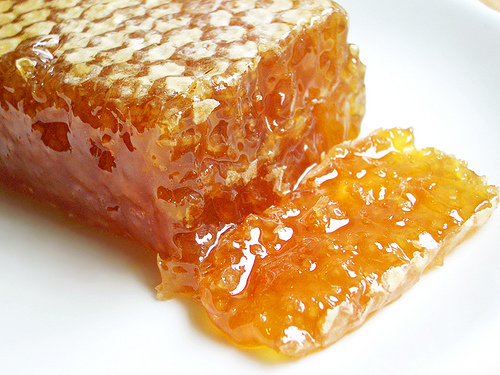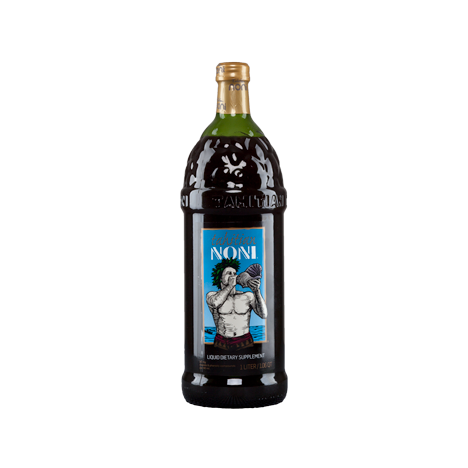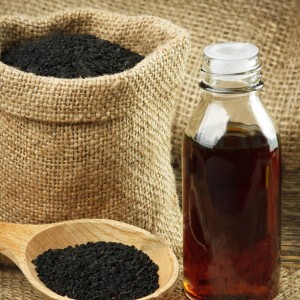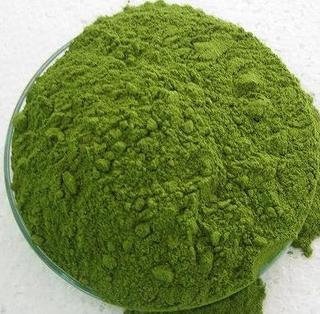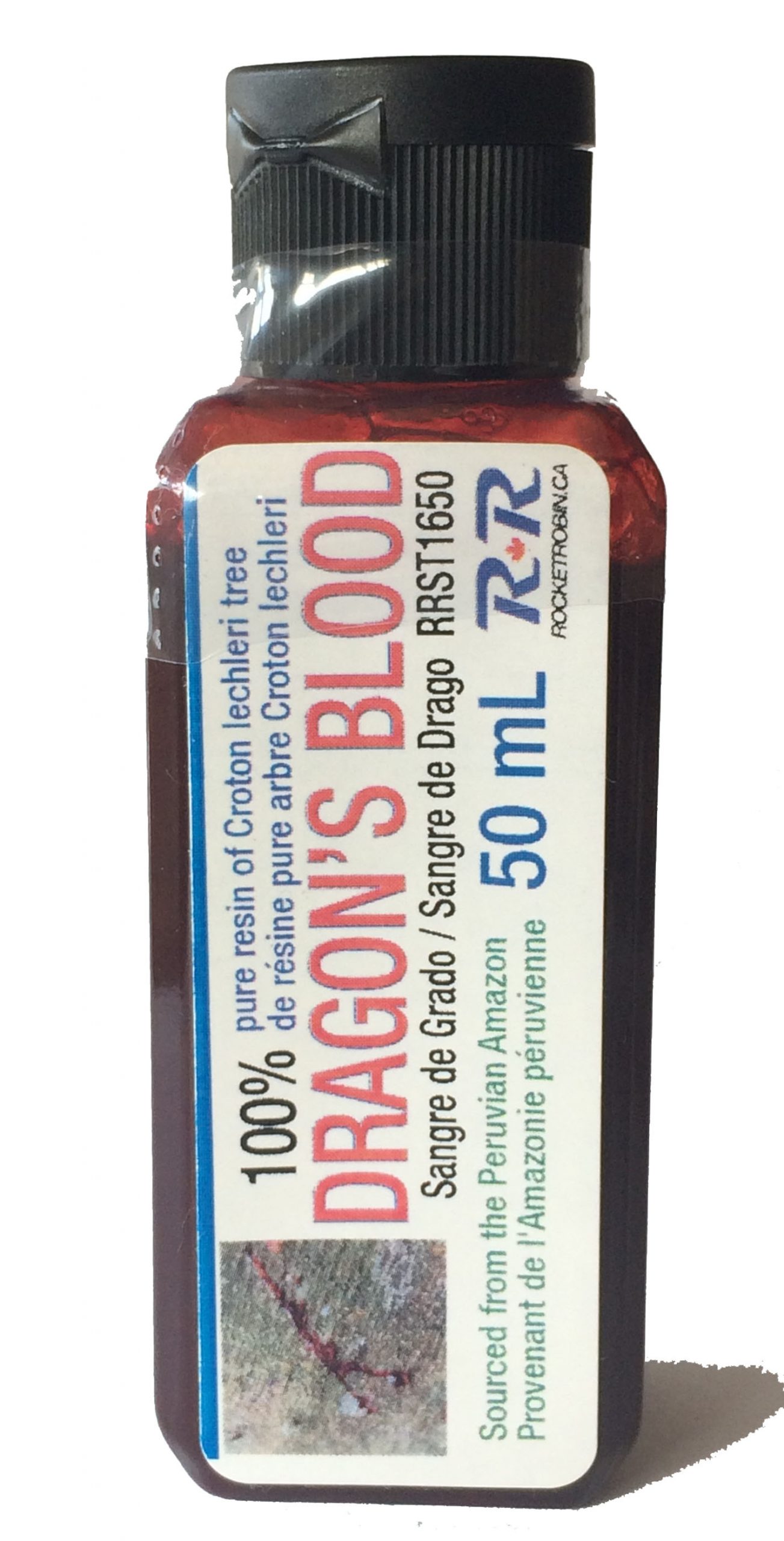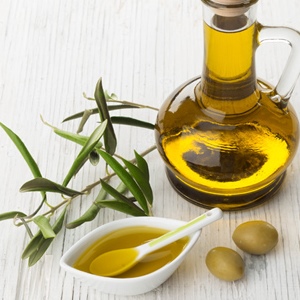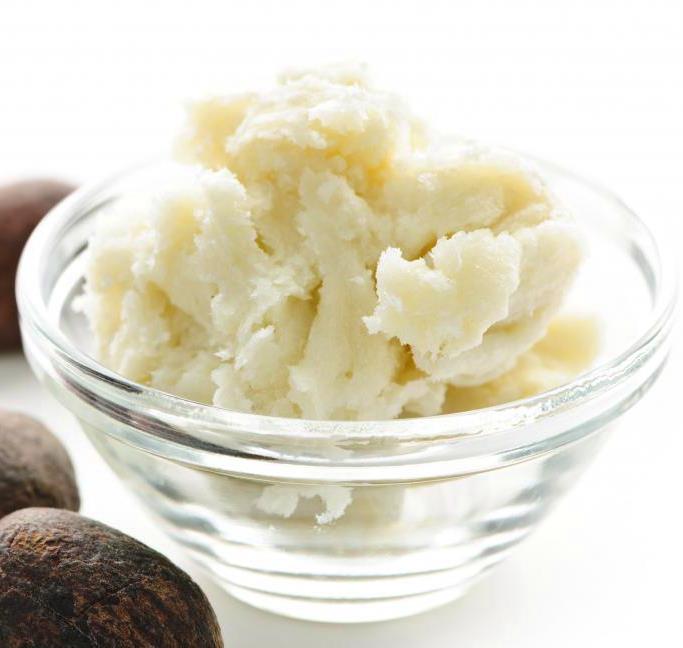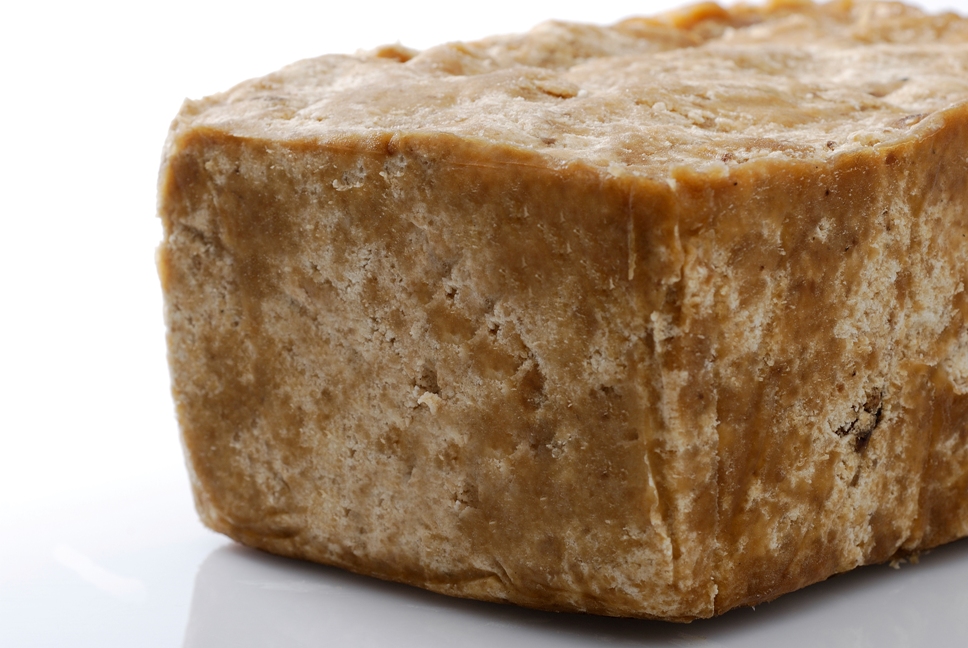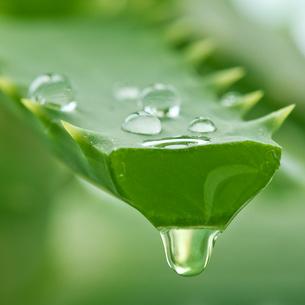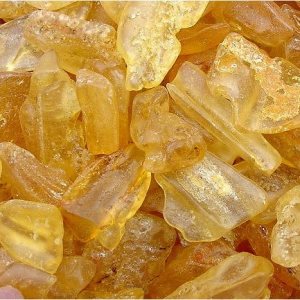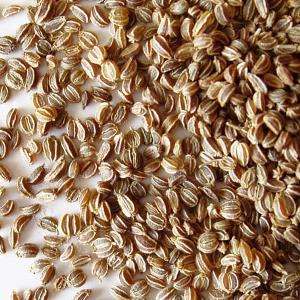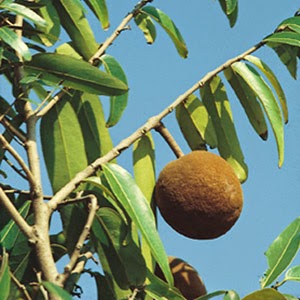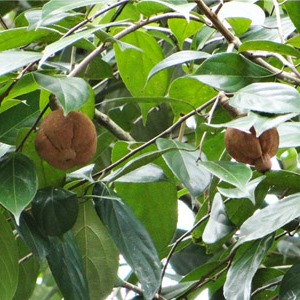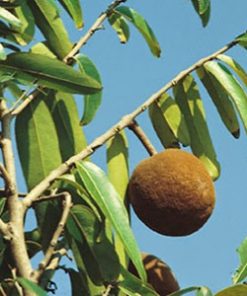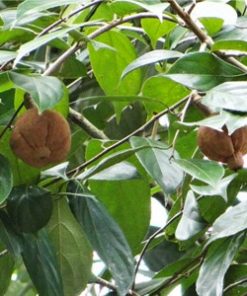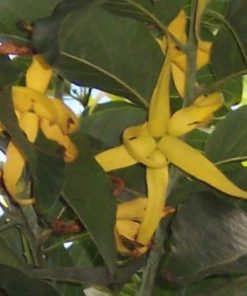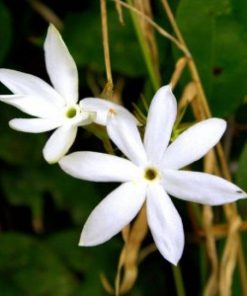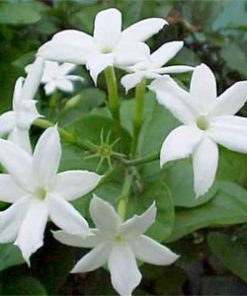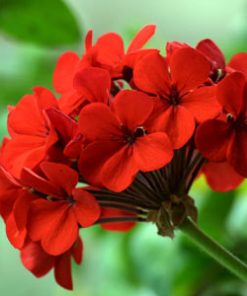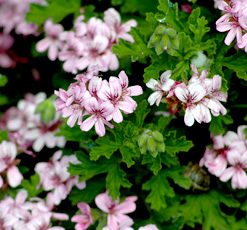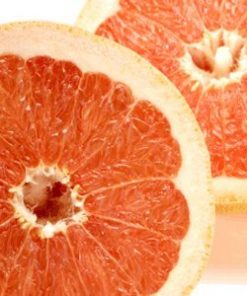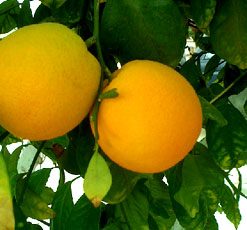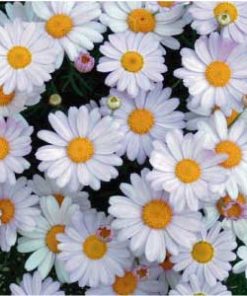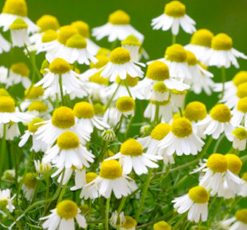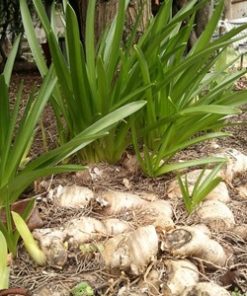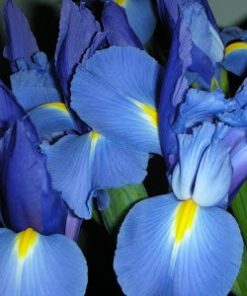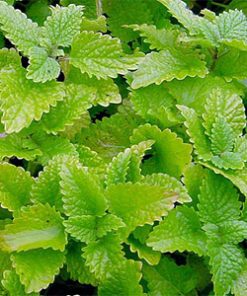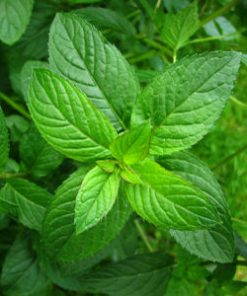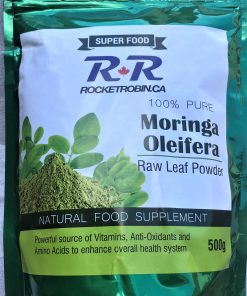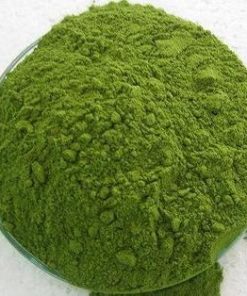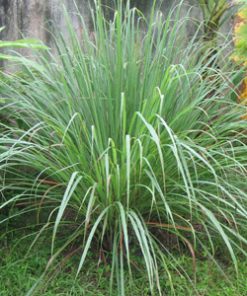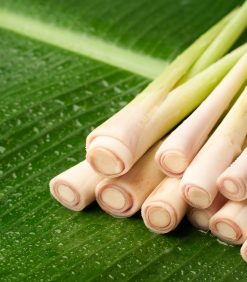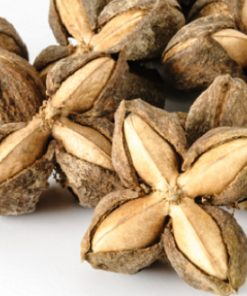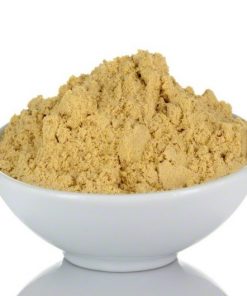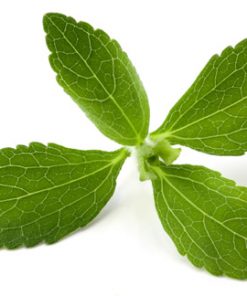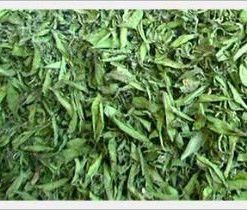Description
Essential Oil Chaulmoogra (15 mL)
Essential Oil Chaulmoogra
The pale yellowish color chaulmoogra essential oil is derived through an extensive process of steam distillation from the seeds of Chaulmoogra (Hydnocarpus laurifolia). The oil derived from its seeds has been used in Indian and Chinese traditional medicines for the treatment of leprosy. Chaulmoogra plant belongs to the Hydnocarpus family and is found on the large scale in several parts of Southern Asia. It grows up to the height of 15-20 m and has drooping branches with elongated leaves.
Chaulmoogra oil is obtained from the seeds of the fruit of several species of trees in the Achariaceae family. It has been widely used in Indian medicine and Chinese traditional medicine for the treatment of leprosy. It entered early Western medicine in the nineteenth century before the era of sulfones and antibiotics for the treatment of several skin diseases and leprosy.
Chaulmogra oil created a revolution in the treatment of leprosy and the first effective drug for treating leprosy used the chemical components of Chaulmogra seeds. These therapeutic seeds are being used in Ayurveda for more than 4,000 years in the treatment of leprosy, rheumatism, eczema, leucoderma, scrofula, wounds, sprains, sores and bruises.
Chaulmogra is botanically known to the world as Taraktogenos kurzii/ Hydnocarpus kurzii/ Hydnocarpus wightiana/ Hydnocarpus laurifolia and its Sanskrit name is Tuvrak, Tuvaraka and Kushtavairi. This tall tree is a limb of the Achariaceae plant family. The essential oil is extracted from the Chaulmogra seeds through steam distillation method.
HISTORY OF USE
Chaulmogra or Chaulmoogra has been a part of the Traditional Chinese Medicine and Ayurveda, the oldest healing science originated from India, especially in the treatment of leprosy and other chronic skin disorders.
Chaulmogra tree is indigenous to India and grows extensively in the tropical forests of Western Ghats from Maharashtra to Kerala and is also found in the hilly regions of Tripura and Assam. It is cultivated in Nigeria, Uganda, Sri Lanka and few other South East Asian countries. These evergreen, deciduous trees grow up to 15 m height and bear fruits between the months of August and September.
The seeds are angular and ovoid with rounded endings and the essential oil extracted from the seeds are pale yellow in color with viscous and heavy consistency. Chaulmogra oil is called as Oleum Chaulmoograe in the United States and in Great Britain as Gynocardia oil. This oil was used in England in the treatment of lung tuberculosis.
Chaulmogra oil was also used in China since the 14th century in alleviating various skin ailments and leprosy. It was slowly then spread to the Western countries including the United States and Europe. A mixture of Chaulmogra oil balanced in gum or as an emulsion was prescribed for treating leprosy. The bark of this plant is used by the people of Arunachal Pradesh, India in relieving toothache and itching. The tribal populace in Sikkim uses the boiled Chaulmogra seeds as a food item.
Chaulmogra seed oil was mixed with limewater and was applied externally in treating rheumatic conditions especially in the joints and for relieving sprains. These seeds were also used in folklore as a fish poison. The seed paste along with camphor, sulphur, Jatropha curcus seed oil and lime juice was used in topical application for healing skin ulcers and wounds.
HEALTH BENEFITS
Chaulmugra oil is used both internally and externally in leprosy, secondary syphilis, rheumatism, scrofula, and in phthisis.
The seeds, when powdered, are reputed more active than the oil. The oil has relieved the dyspepsia and bronchitis occurring in lepers. Externally, it has been successfully applied in the above-named diseases, likewise in herpes, tinea, stiffness of joints, ulcers, and various cutaneous eruptions. In the latter class it generally proves too irritating except in eczemas and psoriasis. It is said to destroy pediculi and the itch insect.
The seeds of this tree yield about 32.4 percent fixed oil along with other fatty oils. The major chemical constituents are 49 percent hydnocarpic acid, 27 percent chaulmoogric acid, 12 percent gorlic acid (with these 3 primary components, Chaulmogra is called as triglyceride oil) 6.5 percent oleic acid, 2 percent Palmitic acid, 3.4 percent chaulmoogric acid with lower homologues along with myristic acid, linoleic acid, and stearic acid.
These components contribute to its curative properties like antibiotic, astringent, anti-inflammatory, anti-rheumatic, antiseptic, antibacterial, expectorant, decongestant and febrifuge properties.
Chaulmoogra oil has been used in the traditional Asian society for various skin conditions. It is effective on the following skin ailments:
- Bruises and cuts
This essential oil is effective in accelerating the healing process of bruises and cuts. In this case, few drops should be applied on the bruised or open wound soon after the cut to eliminate pain while killing the germs present bringing about healing.
- Eczema and rashes
When the skin is attacked by eczema and rashes, this oil should be applied in order to eliminate them leading to normal state of the skin.
- Scrofula
The oil leads to restoration of the skin affected by scrofula.
- Allergic dermatitis
Skin is prone to allergy caused by insect bites or stings, contact with irritating plants or contact with chemicals that are harmful to the skin. This may lead to rashes, redness of the skin, blisters, itching and other symptoms of irritations. Applying the oil on the affected area of the skin leads to healing hence restoring the health of the skin.
- Psoriasis
This is a condition that attacks the skin on the scalp, ears, knees, genitals, navel, elbows and buttocks making the area red, rough and patchy. Once this oil is applied on the affected area, it eliminates the infection and rejuvenates the skin once more.
- Leprosy related infections
This oil has a history in effective treatment of leprosy. When applied on the affected areas, it leads to elimination of the infection and enhances growth of new skin around the affected region. However, it should be used in the early stages of leprosy before the affected person starts losing some body parts.
Other uses of oil from Chaulmoogra plant
- Sprains
The oil from the chaulmoogra plant has soothing effect that eliminates the pain associated with sprains. When gently rubbed on the affected area of the joint, the soothing effect leads to soothing of the muscles hence healing.
- Muscle spasm
The oil derived from chaulmoogra plant is effective in stopping muscle spasms. This makes it effective for those prone to muscle issues either because of strenuous exercises or involved in a career that entails carrying heavy luggage. In addition, it is effective for muscle spasms leading to abdominal cramps especially during the menstruation period in women. In this case, the oil should be rubbed on the lower abdominal region or any other strained muscles leading to relaxation and pain free.
Chaulmoogra oil has numerous benefits in the body through its natural healing process. The oil can be used together with other types of essential oils such as lavender or lime oil for enhanced action in the body. It is safe to use without any worry of undesirable effects on the body system of the individual using it.
Caution: NEVER USE INTERNALLY without consulting professional medical help
- Not recommended for pregnant women and infants.
Individuals with serious and chronic health issues should consult an expert prior to using oils.
TRUST ROCKET ROBIN
Rocket Robin is proud to be your supplier of truly natural products with simple ingredients in support of your family’s health and well-being.
Additional information
| Weight | 0.1 kg |
|---|---|
| Dimensions | 10 × 10 × 1 cm |

